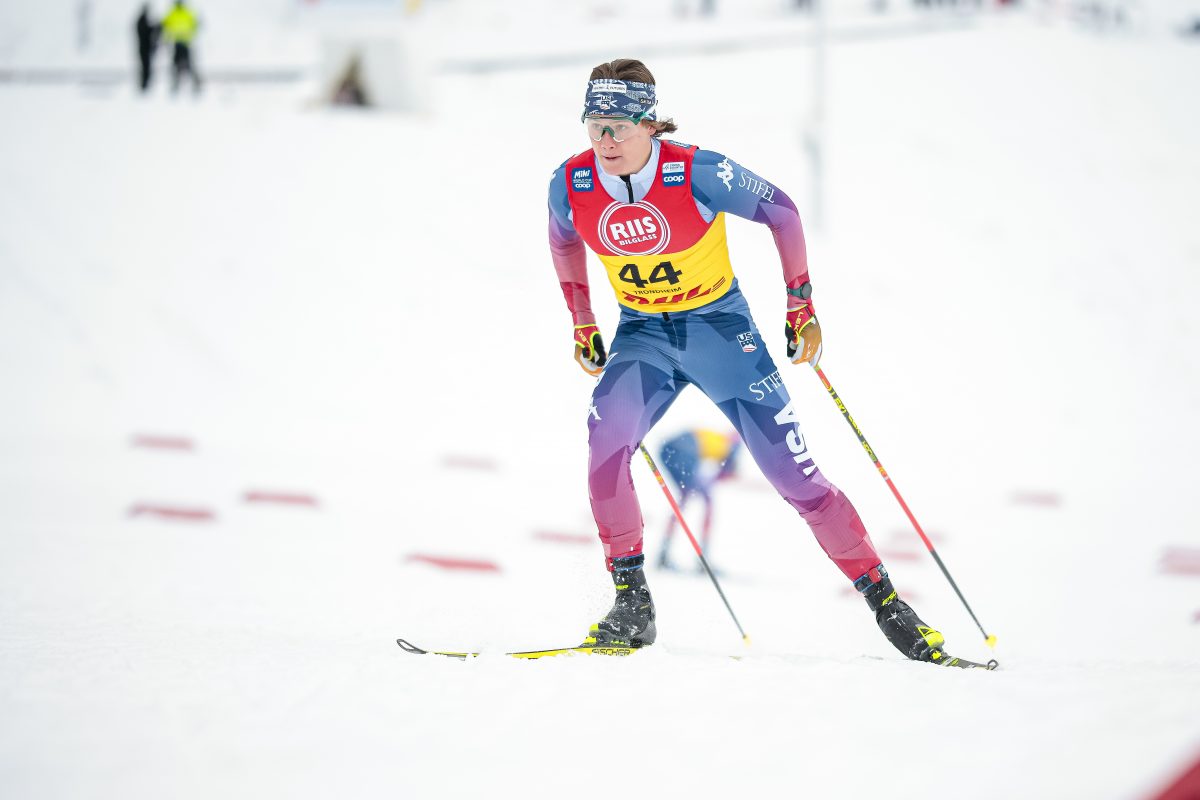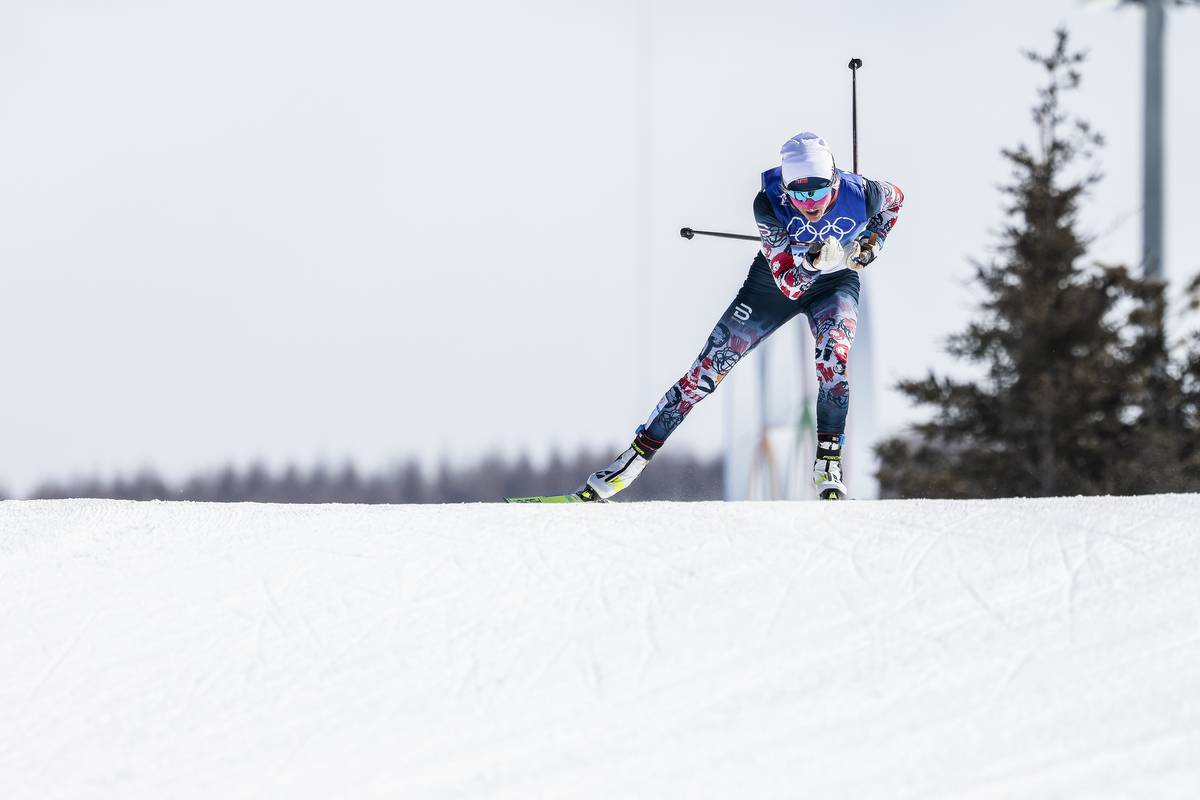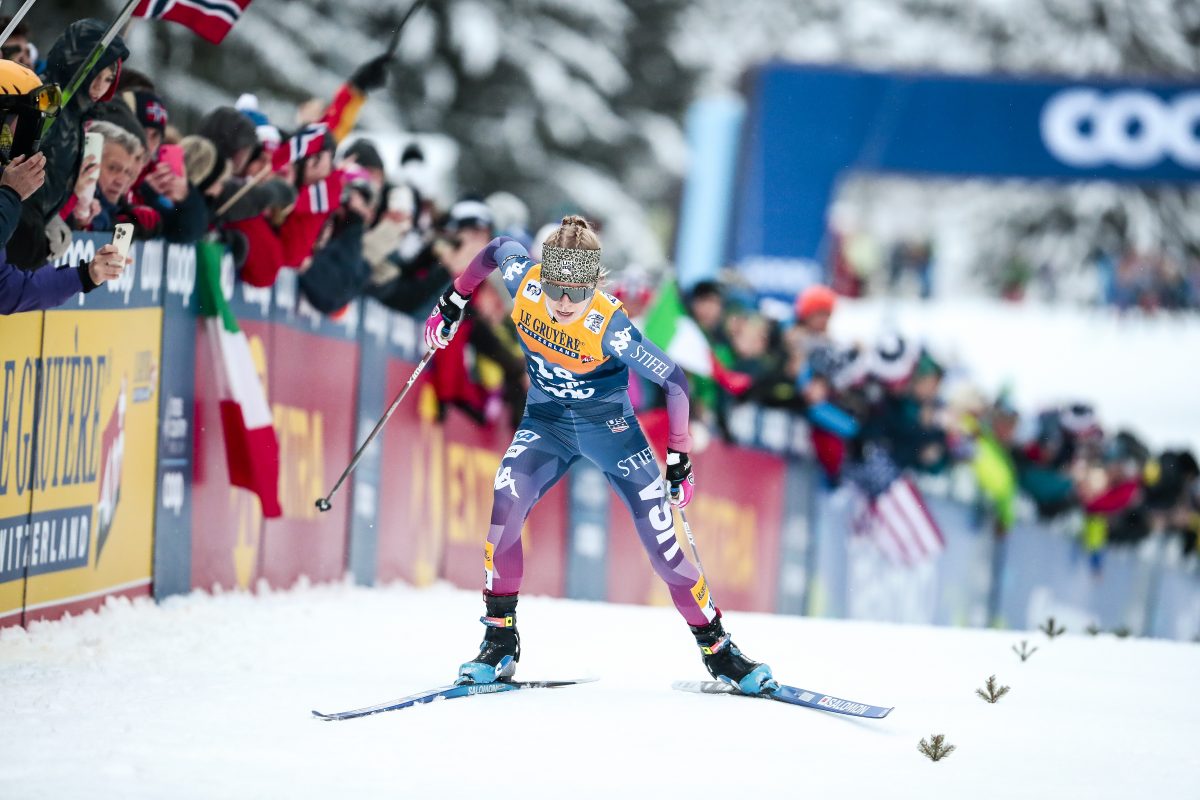You know you've had a good workout when you have a duffelbag full of
sweaty clothes when you're done. With snow and skiing only a couple of
weeks away, a small subset of the Ester Dome Ski Imposters with an
average age of over 50 did the first, possibly annual, Ester Dome Quad –
four trips ski-walking with poles up Ester Dome on Saturday, October 1.
Snow had fallen three days earlier, and our major concern was regarding
the condition of the road – not so much that it would be too slick for
ski-walking, but that it would be too slick to descend safely in our
cars. However, there had been enough sun and above-freezing weather in
the intervening days so that conditions were sufficiently safe to give
us a green light.
The Ester Dome Ski Imposters are a once-a-week training group in
Fairbanks, ranging in number from 6 to 30 on any given day, composed
predominantly of men and women of a certain age, although we do get
participation from some high-school-aged skiers, as well as a few
30-somethings who think they're tough because they can beat us
50-somethings.
Ester Dome is a good-sized hill on the west side of Fairbanks, Alaska.
The base of the hill is about four miles from the UAF campus. There is
a good road to the top of the hill, and that's our route. The main part
of the hill offers about 465m of vertical rise (210m to 675m) in 5000m,
with only about a 100m-long flat stretch about 2/3 of the way up
breaking up the consistent 8%-12% grades. An additional rise beyond the
first summit adds another 40+ meters, giving a total of more than 500m
per trip up.
The normal protocol is for several of the group to meet at the top of
the hill at 5:15pm on a Monday afternoon, then to cram as many of us as
possible into one car and head to the bottom. When we've reached the
top of the hill at the completion of the workout, we have cars there
ready to transport us down the hill, saving our menisci and synovial
fluids for other pursuits. It's the perfect workout for those whose
misadventures and training earlier in life have left them with knees and
legs which create a strong desire (or need) to eliminate or limit
running in their training regimen.
Our training methods are normally easy or medium distance with
occasional interval sessions, and time trials about once every
four-to-six weeks. Several of us do two trips up the hill in a single
session on a fairly frequent basis. The time from the start to the
first summit, our major reference point, ranges from about 37-38 minutes
for the fastest members of the group in a time trial effort, to 50
minutes and more when the intensity level is lower. Adding in the
additional segment from the first summit to the car-park means each trip
up normally takes 45-55 minutes.
With daylight getting shorter and snow on the way, a group of us decided
to try a “quad” – four trips up the hill. The group consisted of Rick
Johnson (51), Mike Ruckhaus (52), Chris Broda (52), Byron Broda (55),
Milt Wiltse (63), and myself (53).
We started out at a good pace in bright sunshine and comfortably cool
temperatures (mid-to-high 30's) and reached the top the first time in
49:21 (about 56 minutes total to the cars). Put on dry clothes, eat
energy bars, some homemade muffins, a few storebought cookies, drink
some water and Gatorade, and head down for trip #2. Second trip up was
49:23 – a good steady pace. More food, more water, more dry clothes and
back down the hill. Third trip up, now under overcast skies, in 48:39 –
45 seconds faster. Same routine with clothes food and water. Last trip
down – only one car left at the top now. Last trip up we kicked it
pretty well, clocking 47:14, 1:25 faster than the third trip.
It felt great to put on some warm, dry clothes and a dry hat, load up on
the fluids and carbo-calories, and to know that we'd just put in 2000
vertical meters (6600 vertical feet). It was a good way to end our
spring-summer-fall ski walking season (we started April 25), during
which some of us have been up the hill more than 30 times.
We all hope this will pay off in two-to-three weeks when we should be
getting on skis. We won't be making the US and Canadian Ski Team
athletes nervous as they are cruising around Birch Hill, but we hope
we'll be able to make an easy transition onto snow and start right in at
a good training level, both volume wise and intensity wise.




